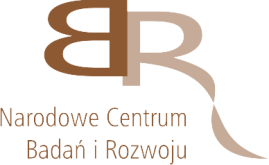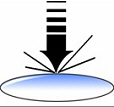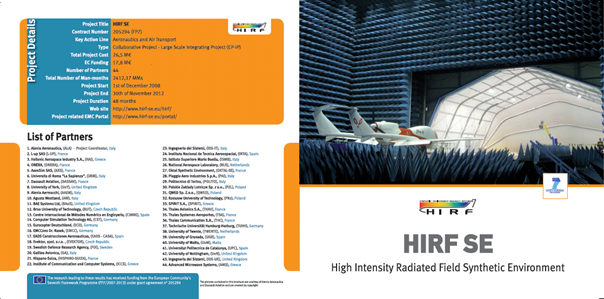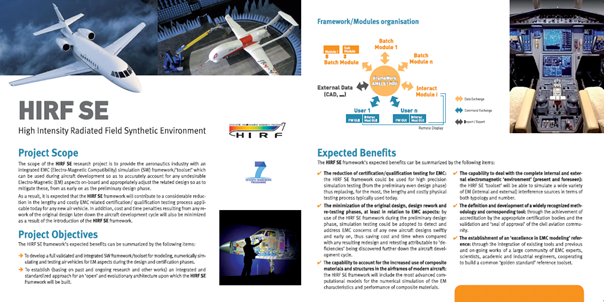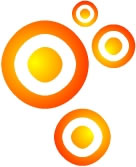Projects
EU Projects
NGAM2 project, coordinated by The Road and Bridge Reasearch Institute (IBDiM), is co-funded by the Polish National Centre for Research and Development, under Applied Reaserch Programme.


"CHISMACOMB" - The objective of the project is to develop a structural core material for sandwich applications with paradigmatic properties compared to classical honeycomb materials currently used.

Self-monitoring core for structural integrity, passive and active microwave absorber for EMC

High mechanical performance sandwich structures, curved dome sandwich panel, aerospace components naval hulls
References:
1.
F.Scarpa, A.Lorato, M.Celuch, P.Wegrzyniak, J.Rudnicki, C.Smith, K.Evans, "Quasistatic dielectric properties of negative Poisson's ratio hexachiral honeycombs", 2007 IEEE AP-S Intl.Symp., Honolulu, June 2007, pp.5519-5522.
2.
C. Lira, F. Scarpa M. Olszewska, M. Celuch, "The SILICOMB cellular structure: mechanical and dielectric properties", Physica Status Solidi B, Sep. 2009, vol.246, No.9, pp.2055-2062.
3.
P. Kopyt, R.Damian, M.Celuch, R.Ciobanu, "Dielectric properties of chiral honeycombs: Modelling and Experiment", Composites Science and Technology, 2009, available online http://dx.doi.org/10.1016/j.compscitech.2009.08.017.
"SOCOT" - The project goal is to develop and validate in R&D and industrial environments a breakthrough technology for overlay control based on scatterometry. Define and validate an optimal methodology that will allow overlay control in semiconductor industry, for the 32 nm technology node and beyond.

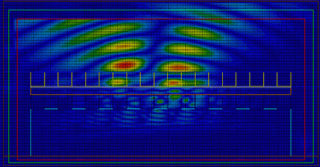
QuickWave mesh and Gaussian beam illumination of a typical grating scenario
References:
1.
B.Salski, M.Celuch, W.K.Gwarek, "Evaluation of FDTD regimes for scattering from periodic structures", 23rd Annual Review of Progress in Applied Computational Electromagnetics, Verona, March 2007, pp.1815-1822.
2.
B.Salski, W.K.Gwarek, M.Celuch, "Comparison of FDTD excitation models for scatterometry of periodic reticles", 2007 IEEE AP-S Intl.Symp., Honolulu, June 2007, pp. 1673-1676.
3.
B.Salski, M.Celuch, W.Gwarek, "Enhancements to FDTD modeling for optical metrology applications", SPIE Optical metrology - 18th Intl. Congress on Photonics in Europe, Munich, June 2007.
4.
B.Salski, M.Celuch, W.K. Gwarek, "Review of Complex Looped FDTD and its new applications", 24th Annual Review of Progress in Applied Computational Electromagnetics, Niagara Falls, March - April 2008.
5.
P. Leray, S. Cheng, D. Kandel, M. Adel, A. Marchelli, I. Vakshtein, M. Vasconi, B. Salski, "Diffraction based overlay metrology: accuracy and performance on front end stack", Proc.SPIE, Vol.6922, 22 March 2008.
6.
B. Salski, M. Celuch, W. Gwarek, "FDTD modeling of finite spot scatterometry", 17th International Conference on Microwaves, Radar and Wireless Communications MIKON, Wroclaw, May 2008, pp.706-709.
7.
B. Salski, W. Gwarek, "Hybrid FDTD-Fresnel modeling of microscope imaging", Intl. Conf. on Recent Advances in Microwave Theory and Applications Microwave-2008, Jaipur, India, Nov. 2008, pp. 398-399.
8.
P.Leray, S.Cheng, D.Laidler, D.Kandel, M.Adel, B.Dinu, M.Polli, M.Vasconi, B.Salski, "Overlay metrology for double patterning processes", SPIE Conf. Metrology, Inspection, and Process Control for Microlithography XXIII, March 2009, vol. 7272-15.
9.
B.Salski, W.Gwarek, M.Celuch, "Electromagnetic FDTD modeling of optical problems", Elektronika, nr 4/2009, s.53-55.
10.
B.Salski, W.Gwarek, "Hybrid FDTD-Fresnel modeling of microscopy imaging", Applied Optics, vol.48, No.13, May 2009, pp. 2133-2138.
11.
B. Salski, M.Celuch, W.Gwarek, "Electromagnetic simulations of periodic structures with FDTD tools", Progress in Electromagnetic Research Symp., Aug. 2009, p.627.77
"HIRF" - HIRF Synthetic Environment research project has the goal to provide to the aeronautic industry a numerical modelling computer framework which can be used during the development phase (including upgrade), in order to ensure adequate EM performance, but also in addition and in a considerable reduction to certification/qualification testing phase on air vehicle.
HIRF is Collaborative Project - Large Scale Integrating Project co-financed under the FP7 scheme.
HIRF is Collaborative Project - Large Scale Integrating Project co-financed under the FP7 scheme.
References:
1.
P. Kopyt, W.Gwarek, "Zdalnie zasilany bezprzewodowy uklad monitorowania dla lotnictwa odporny na narazenia HIRF", Elektronika, nr 4/2009, s.42-46.
2.
M. Sypniewski, T.Ciamulski, E.Geterund, M.Hjelm, "Acceleration of electromagnetic simulations for FDTD method", Elektronika, nr 4/2009, s.47-52.
3.
P. Kopyt, W.Gwarek, "Remotely powered wireless monitoring system immune to HIRF threats of the aircraft environment", Proc. ESA Workshop on Aerospace EMC, Florence, Italy, 30 March - 1 April 2009.
4.
J. Rudnicki, M. Sypniewski, "Amelet-HDF converters for computational electromagnetics in aeronautic projects", 8th Intl. Conf. on Computation in Electromagnetics CEM-2011, Wroclaw, 11-14 April 2011, P5-03.
5.
J. Rudnicki, M. Sypniewski, "Large 3D Object FDTD Simulations", 19th International Conference on Microwave, Radar and Wireless Communications, 21-23 May 2012, Warsaw, Poland, pp. 505-507.
"Food Waste on ships" - The aim of the project is to develop and evaluate a new technical food waste treatment system in order to handle a food waste on ships in a more resource effective way, applying a microwave drying phenomenon to drastically reduce the volume of waste producing a sterile powder of it. An ultimate goal is to introduce the elaborated system in a large scale on the market.
Food Waste on ships is realised within the Eureka initiative and co-financed by NCBiR (Narodowe Centrum Badan i Rozwoju - National Centre for Research and Development).
The FoodWaste project attracts significant attention of major players on the marine transport market.
Food Waste on ships is realised within the Eureka initiative and co-financed by NCBiR (Narodowe Centrum Badan i Rozwoju - National Centre for Research and Development).
The FoodWaste project attracts significant attention of major players on the marine transport market.
"NACOPAN" - The project promotes the novel concept of nano-conductive polymer composites with a predefined architecture and customised dielectric and EMC properties, to be widely used in civil and defence domains. The goal of the project is to assess and benchmark overall EMC properties of the proposed and developed shielding / absorbent composites against classic massive systems, currently used in sandwich structure applications, like Salisbury screens, in order to provide important information about engineering feasibility of the novel shielding / absorbent panel concept, and to identify costs and benefits on adopting such innovative structures.
NACOPAN is realised within the ERA-NET MNT initiative and co-financed by NCBiR (Narodowe Centrum Badan i Rozwoju - National Centre for Research and Development).
NACOPAN is realised within the ERA-NET MNT initiative and co-financed by NCBiR (Narodowe Centrum Badan i Rozwoju - National Centre for Research and Development).
References:
1.
B. Salski, M. Celuch, "Multipole dispersive media models in a circuit representation and their implementation in FDTD schemes", 6th International Conference on Microwave Materials and their Applications: MMA 2010, Warsaw, September 2010.
2.
B. Salski, M. Celuch, "Optimisation of carbon-reinforced absorbing composites for X and Ku bands", 40th European Microwave Conference 2010, Paris, September 2010.



